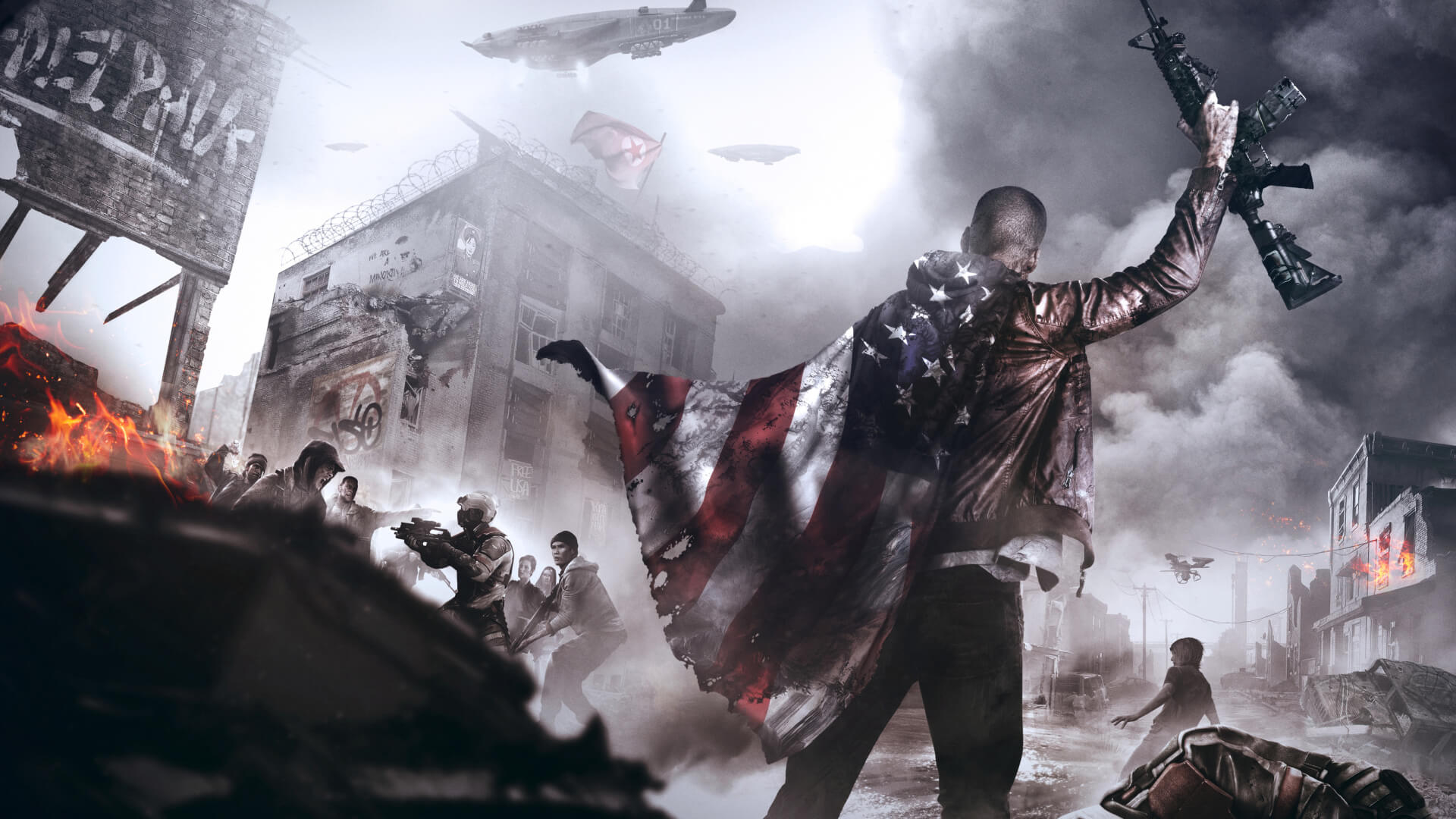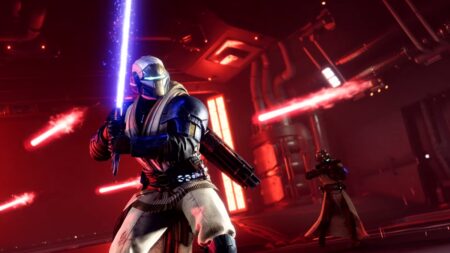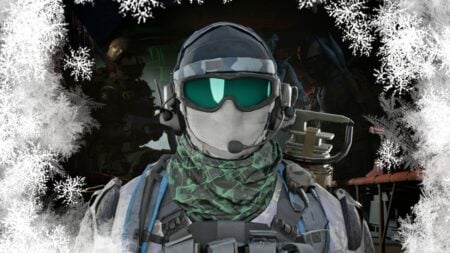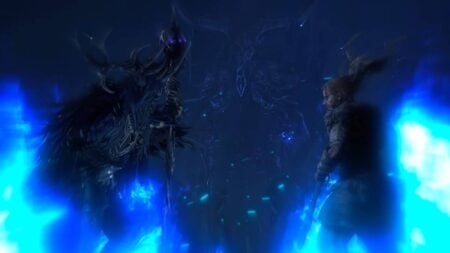Title: Homefront: The Revolution
Available On: PC,
Tested On:
Developer: Dambuster Studios
Publisher: Deep Silver
Genre: Open World Shooter
Official Site: https://www.homefront-game.com/age/
Release Date: May 20th, 2016
Where To Buy: Steam,
Homefront: The Revolution feels less like a triumphant coup and more like a disassembled mess with no organization. The ambitious ideas that the development team had are marred by terrible gunplay and criminal performance issues. Sadly, this makes Homefront: The Revolution one of the most disappointing titles of 2016.
I was a huge fan of the 2011 Homefront. It certainly had its problems but the premise was interesting and the online multiplayer offered an experience unlike any other in the first person shooter market. When a sequel was announced, I was pleased to see where the game would go next. After studio closures and assets being sold, it was a miracle that a sequel to Homefront materialized at all. However, those expecting a second act to the adored original will be disappointed.

Homefront focused on the successful rebellion against the intrusive Korean forces and thrived with its online component. Unfortunately, none of that is present in The Revolution, with the ‘sequel’ being a predominantly single player affair with a small, co-operative multiplayer component. North Korea has again occupied America but the previous resistance efforts are unmentioned. Many, including myself having seen preview footage, dubbed Homefront: The Revolution as Farcry in the city, however, the only similarities between the two is the nonlinear approach. To affiliate Homefront: The Revolution with the Farcry series would be insulting to the refined gameplay seen in the beloved franchise.
The lore and motivations within Homefront: The Revolution seemed promising. The KPA supplied the US military with advanced technology which ultimately, the Americans became dependent upon. With a backdoor hack installed by the Koreans, The KPA were able to down America’s defenses in one fell swoop, whilst invading and conquering the superpower in the process. The Revolution tells the story of the resistance group fighting back against these invaders to reclaim their homeland, beginning in Philadelphia.
The FPS genre has been guilty of ignoring how important a captivating narrative is and I thought Homefront: The Revolution’s story could capitalize on this. However, this concept is immediately tarnished with Brady, your character, being a silent protagonist. The idea of a nationwide rebellion is a passionate cause yet none of this is portrayed as Brady silently listens to every character offering no input and mindlessly doing everything that is asked of him. It feels aberrant in scripted scenes, where strong personalities are clashing regarding strategies for the resistance group and you are forced to look on, offering no insight.
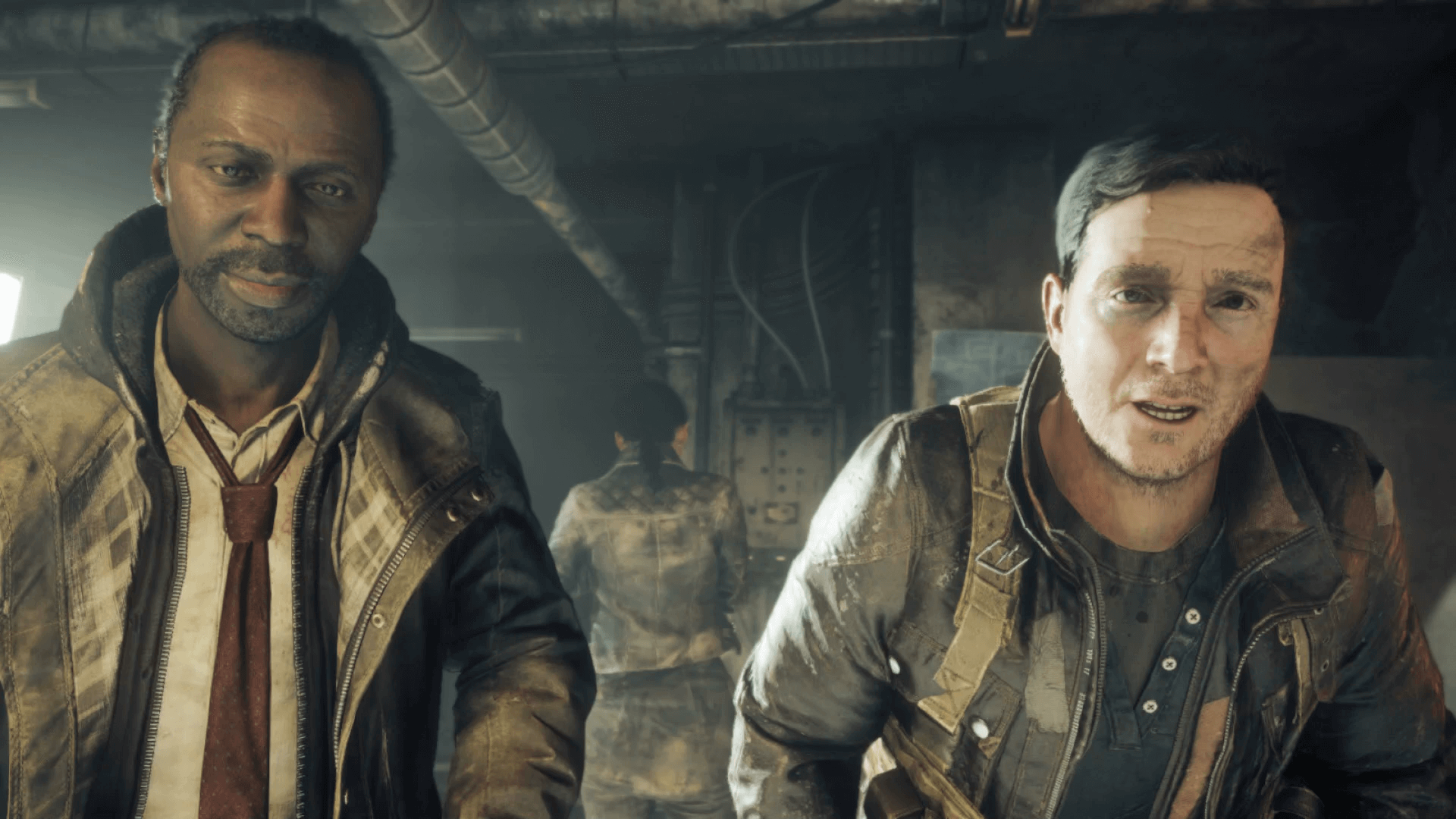
Thankfully, everyone around you seems to be caught up in the momentum and Philadelphia feels like the birthplace of an uprising. The city is divided into red and yellow zones which you liberate by completing missions. The red zones are war torn areas where the KPA have shoot to kill orders but the yellow areas are military-controlled civilian zones where Homefront: The Revolution feels unique. Although Brady is a wanted man, the remaining citizens attempt to live their repressed lives under KPA scrutiny. Drones hover, scanning alleyways; security cameras ID everyone on the streets and soldiers perform raids on unsuspecting establishments. As you attempt to blend in with citizens, which rarely works with the harshly vigilant AI, you take small steps towards emancipation. Freeing prisoners and destroying patrols ignites the passion among the civilians and soon they will begin to revolt.
The yellow zones are a welcome break from the red, focusing less on combat and allowing the world to come to life because unfortunately when the time comes to fire a rifle, Homefront: The Revolution becomes a far worse experience. Call of Duty and Halo 5 which run at 60fps, allows the gun-play to feel fluid and enjoyable whereas Homefront: The Revolution lacks any stability. When you gain control at the beginning of the game, it immediately feels sluggish as simply looking around feels jarred and stagnant. Walking along an empty street of Philly with little to no action occurring has no benefits on the performance. When in combat, aiming is drastically affected by these performance issues. I found myself wasting entire rounds on enemies as they easily evaded my oncoming fire. Occasionally the game will simply pause for up to ten seconds and casually resume, hoping you never noticed. Accepting a new mission or opening your weapon locker always greets you with a five-second pause. At one point, I thought the entire game had frozen as I silently gazed at a wall for thirty seconds. I prepared myself to restart the console as suddenly, an action I started nearly a minute prior, initiated on screen.
These time lapses significantly extend an already long game with the campaign taking me nearly thirty hours to complete. The narrative is painfully predictable with twists and dramatic moments being anticipated moments before. Exploring the world is essential to provoke the citizens to begin their revolution but this will find you performing the same, mundane tasks repeatedly. Finding radios, destroying power supplies or killing enemy snipers never once felt enjoyable and soon became tedious.
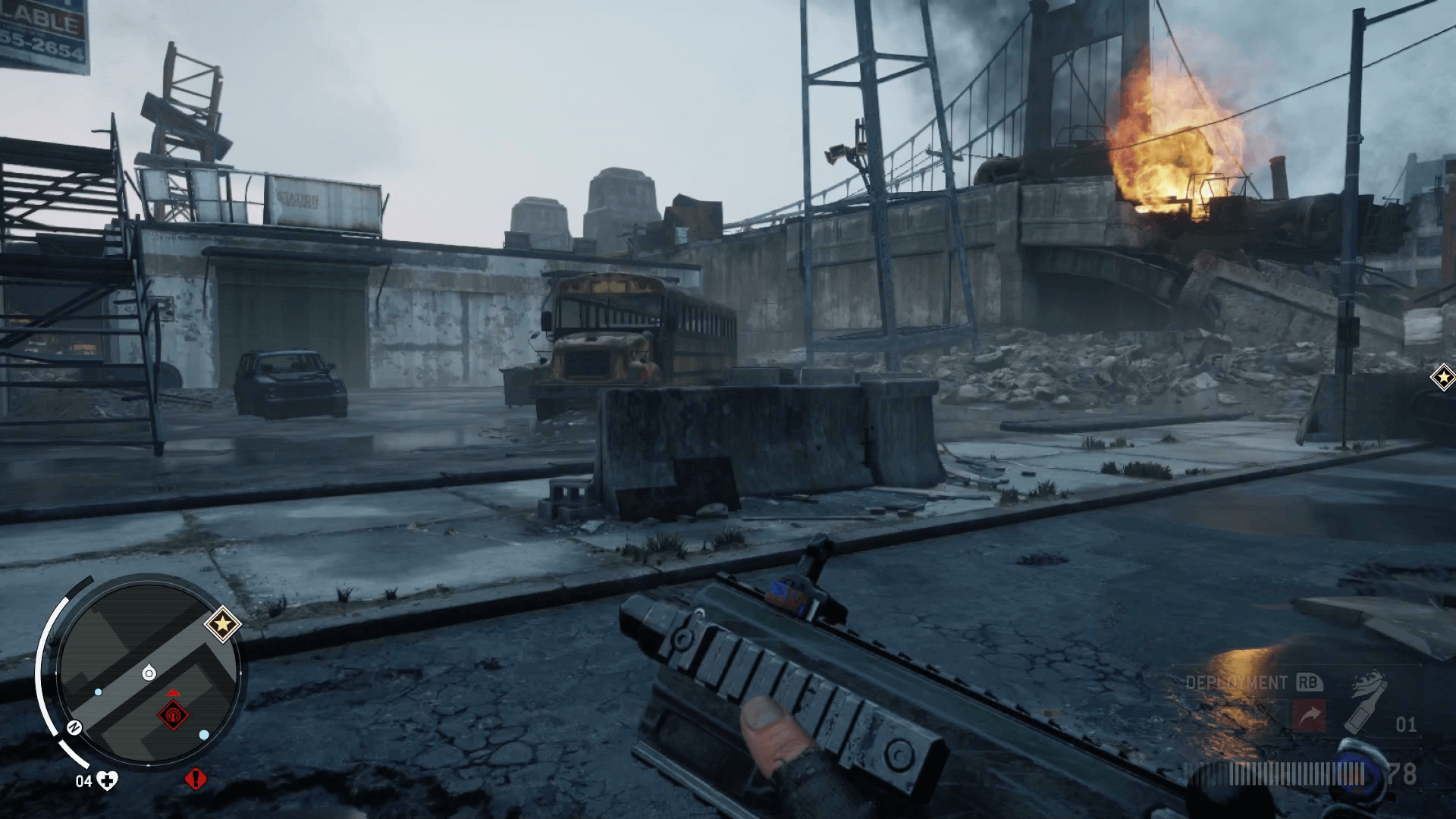
Graphically, Homefront: The Revolution looks poor. The red zones feel more post-apocalyptic than ransacked by war. Buildings are destroyed, foliage looks dull and bland with a gray landscape surrounding you. Although the city spans a large area, I never really felt as though I had entered a new district. When not fast traveling, roaming can be laborious. If you attempt a stealthier approach, enemies can easily spot you, initiating combat. Motorcycles are driveable and rather enjoyable, with the wasteland offering urban ramps for you to mount, however, the poor frame rate often makes judging corners tricky. Planning a route, which should be simplistic, becomes convoluted with the necessity of having to access a Smartphone and then open the maps application. The choice of embracing an open-world mold should encourage the player to explore but I never felt that urge. With the lack of a leveling or progression system, embarking on this excursion have no benefit to you.
As The Revolution does share the same engine as the classic Farcry, glimpses of potential exist yet are never executed. Tagging enemies with the use of a camera should be a simple button press, however, just like for navigation, you need to open the camera app on your phone wasting precious seconds as you stand still, fondling your device. Other freedom fighters will accompany you on the battlefield but instead of waiting as you carefully plan you attack, they will rush in, causing havoc.

Strangely, considering the KPA are utilizing flying drones and other futuristic devices, your arsenal is rather limited. Remote control cars and teddy bear, sticky bombs are fun to use but some future tech could have made encounters more exciting. The only aspect of combat I enjoyed was the weapon modifications as you physically adjust the attachment whilst in the middle of a gunfight. Only being able to possess a few weapons at any given time means that you may not have all the tools for your job. If you brought an assault rifle but spot a sniper in the distance, you can swap the scope and barrel to eliminate the scout and then return to your previous setup.
Homefront: The Revolution makes the huge error of thinking big and forgetting the fundamentals. The Call of Duty series may have complaints but it cannot be denied how competent of a shooter it is, which is turn helps it to sell millions of copies. Homefront: The Revolution has ignored the basic requirements of an FPS by having awful gunplay and atrocious performance. The promising aspirations fall flat and ultimately, make Homefront: The Revolution a disservice to the original.
[embedyt] https://www.youtube.com/watch?v=fAxGKdmhQlA[/embedyt]
- Gameplay: Open World Shooter
- Graphics: Yellow Zones Full of Life, Red Zones Bland
- Sound: Good Voice Acting
- Presentation: Poor Performance, Repetitive Elements
[review]

